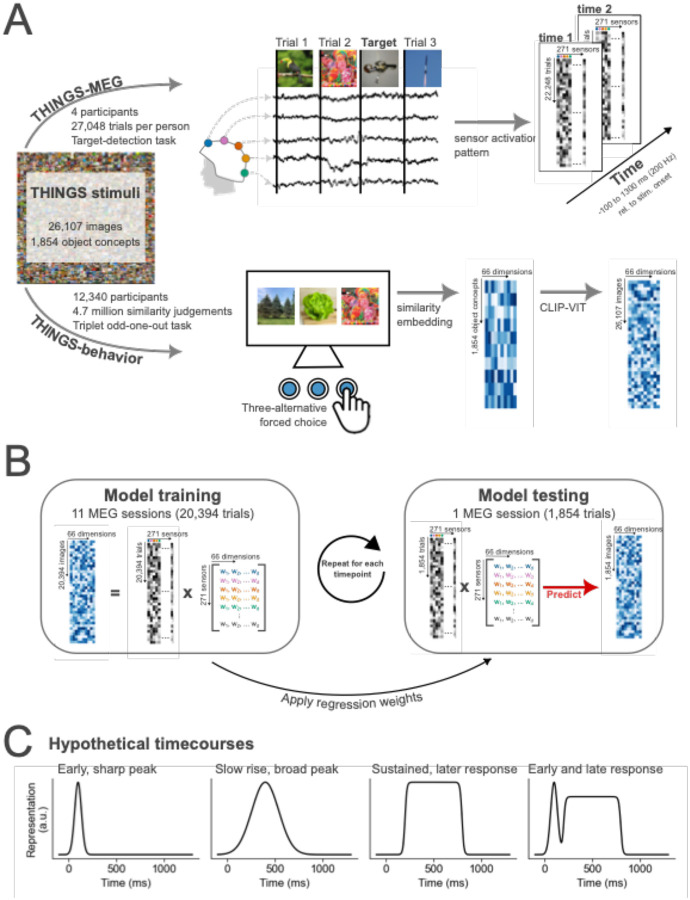Figure 1. Summary of THINGS-MEG and THINGS-Behavior datasets and the methodological approach to combine them.
(A) Summary of the datasets used. Evoked responses to images from the THINGS image-database were recorded over time using MEG. In total, four participants completed 12 sessions, resulting in >100,000 trials in total. During the MEG session, participants were asked to detect computer-generated images of non-nameable objects. In the behavioral task, a separate set of participants viewed three objects from the THINGS image-database at the time and were asked to pick the odd-one-out. A computational model was then trained to extract similarities along 66 dimensions for all object concepts. Using CLIP-VIT, we extended the embedding to capture similarities for every image. The data for behavioral data was crowdsourced via Amazon Mechanical Turk. In total >12,000 participants completed a total of 4.7 million similarity judgements. (B) Overview of the methodological approach of combining these two datasets with the goal of understanding how multidimensional object properties unfold in the human brain. To train the model, we extract the sensor activation pattern at each timepoint across the MEG sensors and use the behavioral embeddings to learn an association between the two datasets. The linear regression weights are then applied to sensor activation patterns of independent data to predict the behavioral embedding. To evaluate the model’s performance, we correlated the predicted and true embedding scores. (C) Hypothetical timecourses that could be observed for different dimensions.

